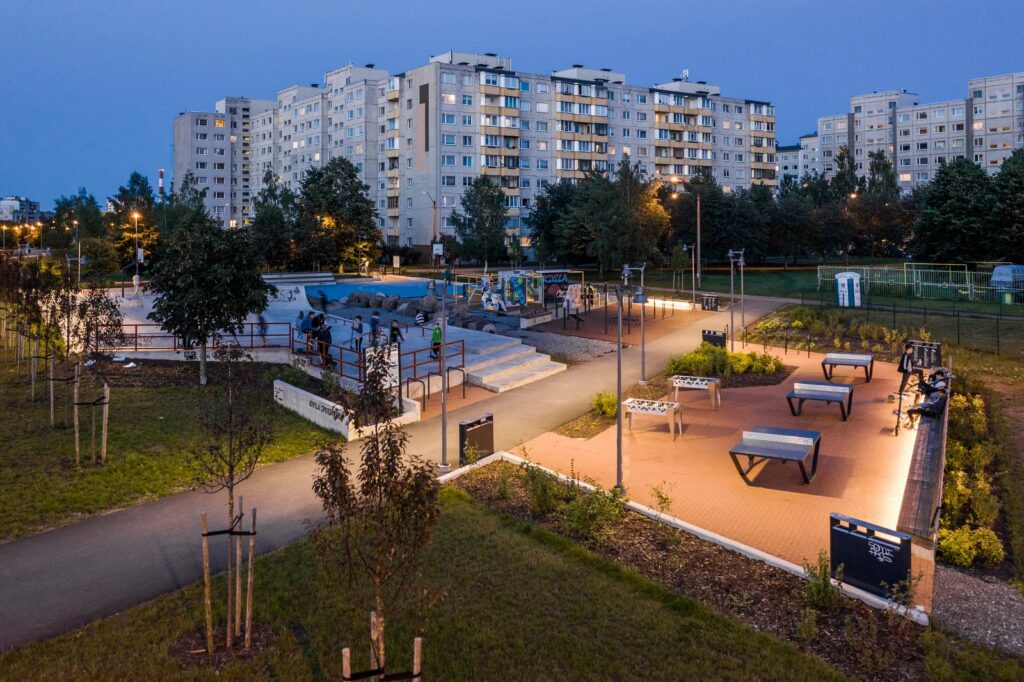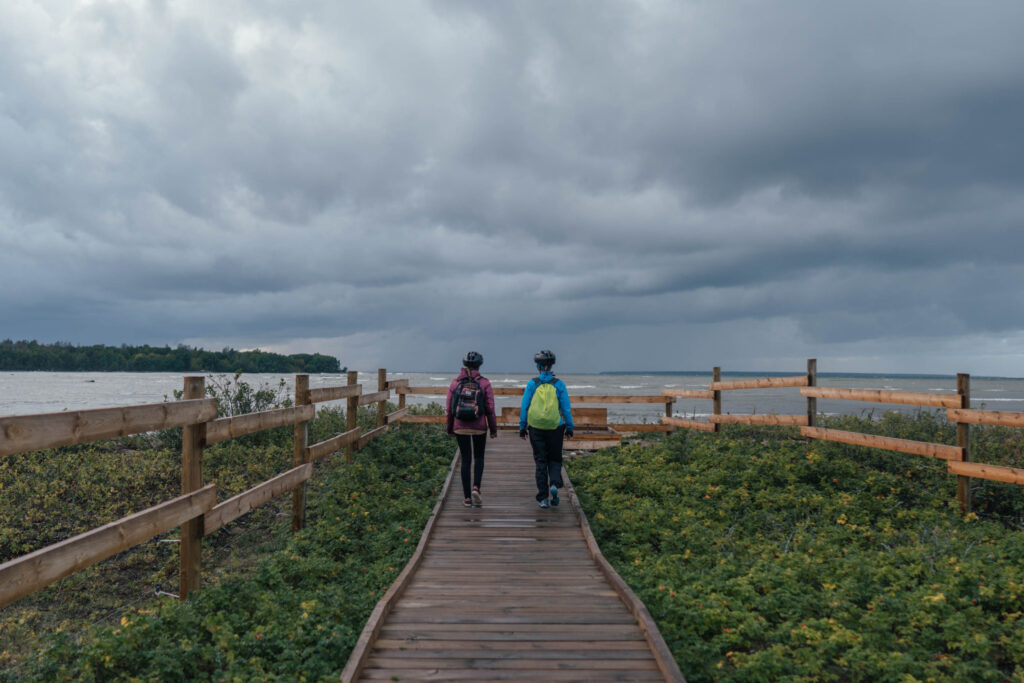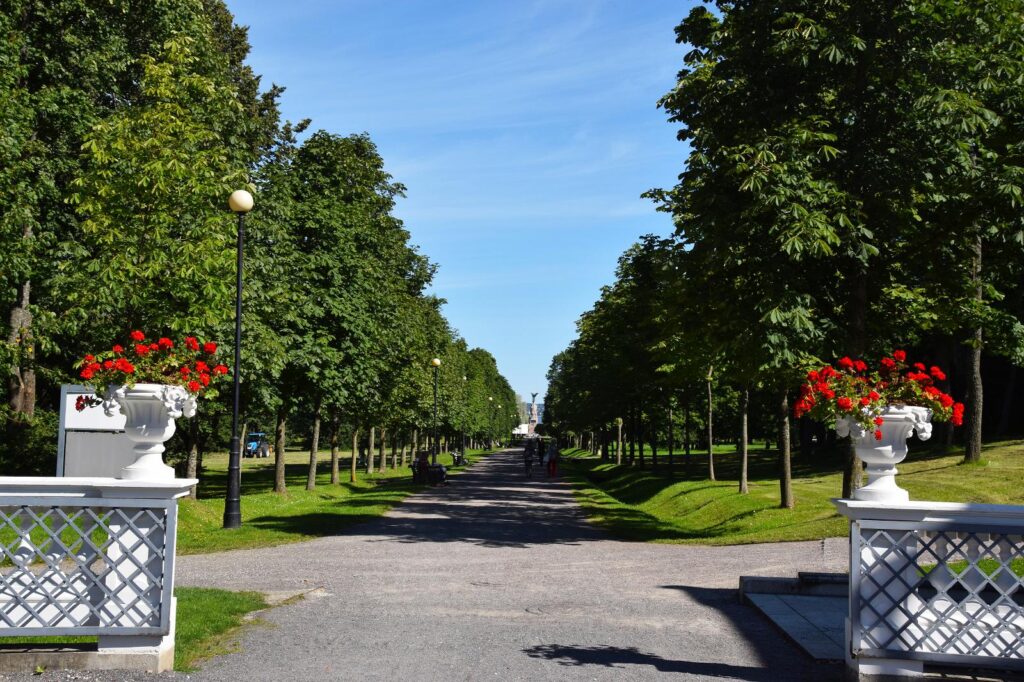According to a recent publication by the European Environment Agency, the Estonian capital, Tallinn, ranks in the top ten of European capitals in terms of the extent of green infrastructure; the city is positioned seventh in terms of urban green space and eighth in terms of urban tree cover.
The European Environment Agency said access to green and blue spaces differed across Europe. Overall, cities in the north and west of Europe have more total green space within their area than cities in southern and eastern Europe.
The World Health Organization recommends that all people reside within 300 metres of green space. But even in Europe, considered a rich continent, the degree of greening varies across neighbourhoods, with less and lower quality green space typically found in communities of lower socio-economic status. Less than half of Europe’s urban population lives within 300 metres of a park.

The study found that green and blue spaces are particularly beneficial for the health and well-being for people of lower socio-economic status. “Overall, people of lower socio-economic status reap greater benefit from urban green space than more privileged groups, especially in terms of reducing stress and improving mental health.”
Better physical and mental health
For children and young people, greener environments are linked to better physical and mental health, including improvements in memory, attentiveness and learning ability, and a reduction in stress. In contrast, studies suggest that young people and children with relatively low exposure to green space are more likely to have poorer eyesight, suffer from obesity and be exposed to oxidative stress.
The benefits for the elderly include increased levels of physical activity and a lower risk of heat-related mortality. “Even just being able to see blue space, such as the coast, has been linked to a lower risk of depression,” the briefing said.

Accessible green space also offers a place for social interactions, which can counter the risks of social isolation. In Berlin, London and Sheffield, for example, urban green areas have been found to support the social inclusion of disadvantaged groups, functioning as spaces where migrants and asylum seekers can connect with other people.
In 2018, green infrastructure made up on average 42% of the area of cities in the 38 European member countries of the European Environment Agency. The European city with the lowest total green space provision, at 6.8% of the total city area, is Trnava, Slovakia. The city with the highest proportion of green space (95.8%) is Cáceres in Spain.
Capital cities have generally less green space
The proportions of urban green space – public gardens, parks, urban forests and cemeteries – in European capitals are relatively low overall.
Tallinn’s proportion of green space is 10%, ranking the city seventh among the European capitals – just behind Paris and tying with Vienna. The European capital with the highest proportion of green space is Stockholm, at 19% of the total city area. Eighty per cent of the Swedish capital’s population has access to a public park a short walk (300 metres) away.
In terms of urban tree cover, at 43%, Tallinn is eighth among the European capitals, just behind Berlin and tying with Riga. With 72% of the city covered by trees, Oslo is leading the pack here.

The Garden of the Senses highlighted
The briefing by the European Environment Agency also showcases examples of green spaces that were designed to meet the needs of vulnerable and disadvantaged social groups.
In the Estonian capital, the study highlights the Garden for the Senses at the Tallinn Botanical Garden as a model for considering people with special needs, allowing plants to be experienced through all senses. The Garden for the Senses is aimed primarily at people with special needs, but also at professional and amateur gardeners, herbalists, foodies and school children.

Tallinn was recently selected as the European Green Capital of 2023. The city government said in a statement that the city “plans to further increase the number of accessible green spaces as well as protected areas”, adding that “Tallinn is the only European capital that has a bog”.
Not everyone agrees about the city government’s green progress, however. A Facebook page, called Mitte Tallinn (Not Tallinn), regularly points out shortcomings in the local city planning and often argues that Tallinn city government is not doing enough to make the Estonian capital more pedestrian- and environmentally friendly.

